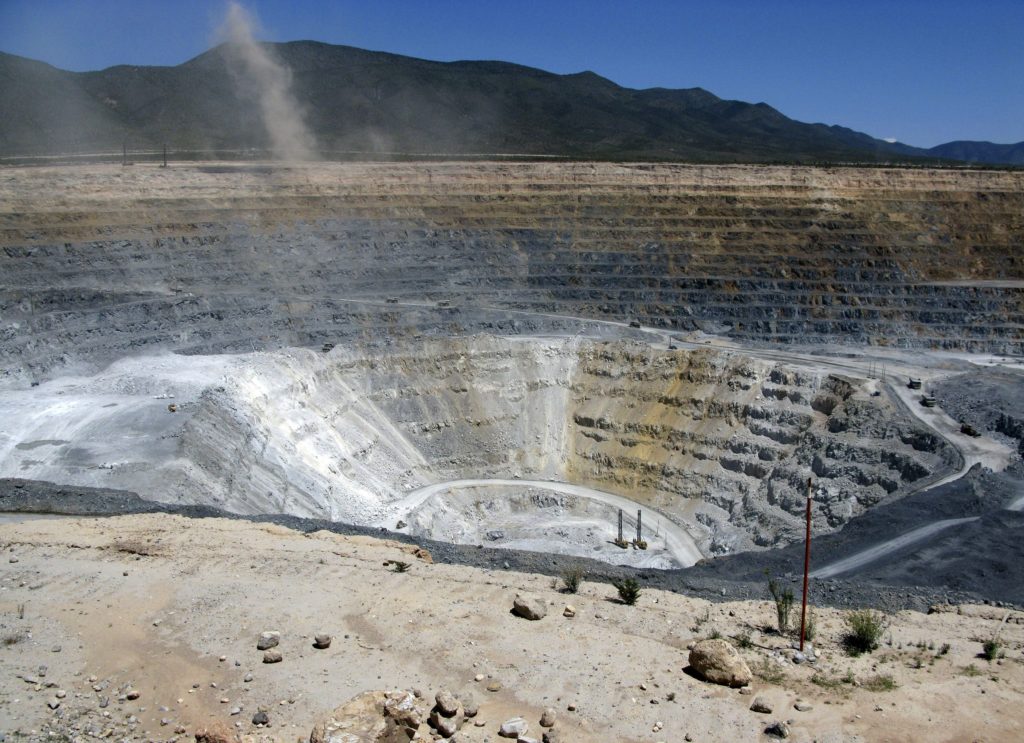Newmont Goldcorp regains access to Mexico gold mine

Newmont Goldcorp Corp. [NGT-TSX; NEM-NYSE] said Wednesday October 9 that a blockade at its Penasquito gold mine in Mexico has been removed and the company has regained access to the mine site.
The move comes after Mexico President Andres Manuel Lopez Obrador warned that his administration “will not allow” community leaders to unreasonably impede the operations of any country’s mining facilities in exchange for money.
“After the dialogue between ejido members of the Cedros community, directors of Newmont Goldcorp and authorities of the [government of Zacatecas], we reached an agreement to free access to the Penasquito Mine and resume their activities,” said Zacatecas Governor Alejandro Tello in a note that was posted on Twitter.
Newmont Goldcorp, in a press release, also confirmed that the illegal blockade has been lifted. “The company continues to work closely with the federal and state governments toward a sustainable, long-term solution, and lifting of the blockade paves the way for the government-sponsored dialogue to resume,” Newmont Goldcorp said.
“Operations at the mine remain temporarily suspended pending further evaluation of the situation on the ground and assurances that the blockade will not be allowed to resume,” the company said.
The Penasquito polymetallic mine is a key asset within the Newmont Goldcorp portfolio. It ranks as the fifth largest silver mine in the world and the second largest in Mexico. It is located in the northeastern corner of the State of Zacatecas and is wholly-owned by Newmont Goldcorp.
The mine produced 272,000 ounces of gold in 2018 and directly employs more than 6,000 people, while supporting another 20,000 indirect jobs in the region.
However, news that the blockade has been lifted had little impact on Newmont Goldcorp’s share price. On Wednesday, the shares eased 0.69% or $0.36 to $51.64 and now trade in a 52-week range of $40.01 and $54.87.
Holding operations that result from Newmont Mining’s recent US$10 billion takeover of Canadian mining giant Goldcorp, Newmont Goldcorp now ranks as the world’s largest gold producer with forecast production of 6.5 million ounces this year at an all-in-sustaining cost of US$975 an ounce.
In order to protect people, assets, and the long term viability of the mine, operations at Penasquito had been suspended since the illegal blockade began on September 14, 2019, the company said.
It estimates that the blockade impacted Penasquito’s third quarter production by approximately 11,000 gold ounces, 1.7 million silver ounces, 13.7 million pounds of lead and 22.8 million pounds of zinc, and is expected to impact the company’s full-year results for the operation.
Through September 30, 2019, this represents an approximate production shortfall of 11,000 gold ounces, and 51,000 gold equivalent ounces from co-products.
Newmont Goldcorp recently offered $25 million in community investments to resolve a conflict at Penasquito, according to a report by Reuters news service. However, the offer has failed to satisfy activists.
Since 2005, Newmont Goldcorp said it has invested approximately US$5 billion in Penasquito, including US$420 million in the Pyrite Leach Plant in 2017-2018.
Over the years, Penasquito has enhanced water availability to neighbouring communities through a number of projects including water treatment plants, new wells, pipelines and water trucks, along with 90 other infrastructure and community development projects.
Through a government-sponsored dialogue process, the company said it has offered a number of additional enhancements, including identifying new opportunities for local suppliers to contract with the mine, reviewing existing contracts with local suppliers to ensure there is a balance with all the neighbouring communities, and building and operating permanent infrastructure to replace current water supplementation for San Juan de Cedros.
The company also said it has offered to invest in additional infrastructure and amenities for the Cedros community to further support long-term economic development.
